An ophiolite is a section of oceanic crust and mantle that has been tectonically uncovered on land through the process of obduction, which occurs most frequently when an ocean basin closes. Oceanic rocks with varying degrees of alteration, such as marine sediments, oceanic crust, and a portion of the mantle, make up the ophiolite sequence. The term ophiolite, which refers to the serpentinized minerals that make up the area where ophiolites are located, means “eyrie of the serpent.”
Ophiolites provide the sole proof for tectonic, hydrothermal, and magmatic processes related to seafloor spreading before 170 Ma since there’s no oceanic lithosphere that is older than this period retained in the present seas. The main proof that ophiolites formed by the seafloor spreading is the presence of sheeted dikes, which are side-by-side tabular magma intrusions. Ophiolites are therefore the best fossil records of the evolution of ocean basins from the rift-drift and seafloor spreading phases to the beginning of subduction and ultimate closure.
The properties of mid-ocean ridge processes, the paleogeography of ancient ocean basins, mantle chemistry, and the tectonic history of orogenic belts have all been studied by geoscientists using ophiolites. In the 1960s, the development of the plate tectonic theory was significantly aided by their identification as structural analogs for oceanic crust.
Ophiolite sequence
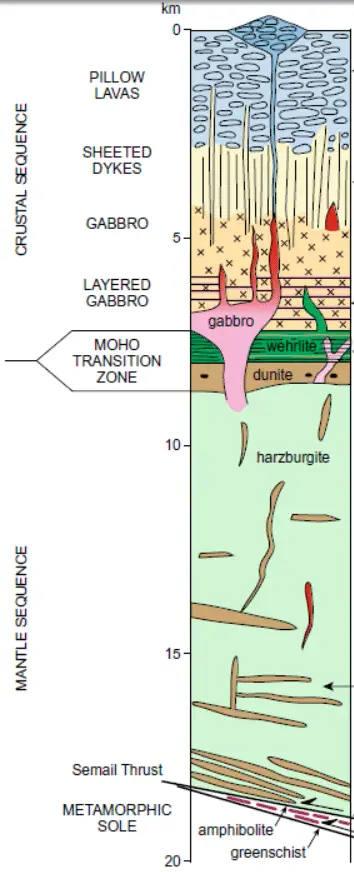
An ophiolite sequence is a set of rocks that forms when oceanic crust and the underlying upper mantle are obducted, or thrust onto continental crust. This process can happen during plate tectonic collisions, when one plate is subducted beneath another and the overlying oceanic crust is forced upward and onto the continental plate.
The ophiolite sequence typically consists of several different rock types, each formed in a specific environment. The sequence begins with the ultramafic rocks of the peridotite and dunite, which make up the uppermost layer of the Earth’s mantle. These rocks are composed mostly of the minerals olivine and pyroxene, and are usually dark in color.
Next in the sequence is a layer of gabbro, which forms from the crystallization of magma that solidifies at depth. Gabbro is a coarse-grained rock that is composed of the minerals plagioclase feldspar and pyroxene.
Overlying the gabbro is a layer of sheeted dykes, which are thin, vertical intrusions of basaltic magma that formed when the oceanic crust was being formed. These dykes are found in layers and are formed by repeated intrusions of basaltic magma into the gabbroic layer.
Above the sheeted dykes is the layer of pillow basalt, which forms when basaltic magma erupts at the surface of the ocean and solidifies quickly into a distinctive, bulb-shaped form. Pillow basalt is composed mostly of the mineral plagioclase feldspar, and is usually dark in color.
Finally, at the top of the ophiolite sequence is the layer of sedimentary rocks, such as sandstone and shale, which were formed by the accumulation of sediment on the ocean floor. These rocks are typically light-colored and may contain fossils of marine organisms.
Origin of Ophiolites
The genesis of ophiolites is explained by a number of theories. According to one theory, they originated as ocean lithosphere. By examining an ophiolite complex in the Bay of Islands, Newfoundland, scientists were able to demonstrate this notion. The investigation showed that the oceanic and ophiolitic velocity structures were actually the same. This demonstrated that ophiolites were formerly ocean crusts. According to another theory, ophiolites were created when a subduction forearc’s tip lifted itself through compression and separation.
Ophiolite Classifications
There are two major subgroups of ophiolites: Tethyan and Cordilleran. Cordilleran ophiolites are found in the mountain ranges of the Cordillera. They are unrelated to the inert continental margins because they are situated in subduction zones. An example of a Cordilleran ophiolite is the Josephine ophiolite, which can be found in the southern Andes of South America as well as the Klamath Mountains in Oregon and California.
The Troodos in Cyprus and Semail in Oman are two examples of the Tethyan ophiolites that are found close to the eastern Mediterranean Sea. In contrast to subduction, rifting and continental drifts are the main causes of ophiolite assemblage formation. When ocean basins narrow, assemblages place themselves along continental boundaries.
Types of ophiolites and melt evolution
The geodynamic conditions of ophiolites’ formation affect the magmatic construction mechanisms. Additionally, their emplacement processes differ. Because of these two crucial components, ophiolites exist and take the following forms:
(1) Ophiolite development is influenced by tectonic, geochemical, and magmatic processes
(2) Ophiolites’ preservation through several emplacement methods
A continent may split up and an ocean may form as a result of tectonic expansion and rifting. Magmatic activity associated with this breakdown and embryonic oceanic crust formation produces an ocean-continent transition (OCT) zone, where the subcontinental lithospheric mantle lherzolite is immediately covered by basaltic lavas and intruded by tiny gabbroic plutons and mafic dikes. These crustal rocks, which are all composed of mid-ocean ridge basalt (MORB), are formed as a result of slowly upwelling asthenosphere and minor partial melting of the lithospheric mantle. This OCT lithosphere may still exist as CM ophiolites in orogenic belts.
Subduction-Related Ophiolites
Ophiolites from suprasubduction zones (SSZs) are akin to the contemporary Tonga-Kermadec arc-trench and Izu-Bonin-Mariana rollback systems in that they are oceanic lithosphere that was created in the stretched upper plates of subduction zones. The forearc, the rear arc, and the incipient arc are three distinct tectonic settings where SSZ oceanic crust is formed. Back arc tectonic settings may develop as spreading centers with varied subduction influences that are trench-proximal or trench-distal. Extrusive and dike rocks of forearc ophiolites show time-progressive compositional and geochemical changes from the oldest mid-ocean ridge-like to the island arc tholeiite (IAT), and to the youngest boninitic affinities.
Continental Margin Ophiolites: Ligurian Ophiolites
The Middle Jurassic ophiolites in the northern Apennines and the western Alps were formed as a result of the Adria (or Apulia) and Africa rifting from Europe, which led to the development of the Piemont-Liguria ocean. These CM ophiolites telescoped along west-vergent thrust faults in the late Cretaceous as a result of regional shortening brought on by a freshly developed subduction zone close to the Adria continental margin after imbrication with trench deposits. A ribbon continent and the crust of the OCT zone were largely subducted into the Adria margin in the western Alps when the continents collided, changing to the eclogite facies, and then were resurrected (Alpine orogeny).
Mid-Ocean Ridge Ophiolites: Taitao and Macquarie Ophiolites
Two young MOR ophiolites that underwent various tectonic displacement and emplacement processes are the Taitao ophiolite in southern Chile and the Macquarie ophiolite in the Southern Ocean. The Macquarie ophiolite (11.5–9.7 Ma) is exposed along the transform fault between the Australian and Pacific plates. The MOR crust has been uplifted and moved tectonically as a consequence of compression over this boundary over the past 6 million years. The transpressional, transform plate boundary is linked along strike by two active trenches, and as a result, it is now transitioning into an intraoceanic subduction zone.
Plume-Type Ophiolites: Western Colombia
The Caribbean oceanic plateau is represented by the Cretaceous peri- Caribbean ophiolites that have been found in Venezuela, Costa Rica, western Colombia, Puerto Rico, and Hispaniola. This plateau’s thick (20 km) marine crust evolved between 100 and 89 Ma on the Farallon plate.
Suprasubduction Zone Forearc Ophiolites: Oman Ophiolite
The Oman ophiolite is a relic of the Tethyan oceanic lithosphere. It is about 15 km thick and makes up the topmost tectonic nappe in an imbricated stack of oceanic rocks southeast of the Arabian Peninsula. The Oman ophiolite sits tectonically atop a subophiolitic mélange or a discontinuously exposed metamorphic sole. The metamorphic sole underneath the ophiolite shows inverted temperature and pressure gradients, indicating that it is composed of rock slices generated at various depths and juxtaposed later by thrust faulting.
The heated subophiolitic mantle in the upper plate may have undergone high-temperature metamorphism at the time of the beginning of oceanic subduction, according to pressure-temperature measurements. During the collision of the continents and the trench, the Tethyan Ocean’s forearc oceanic lithosphere was uplifted and deposited on the Arabian margin.
Volcanic Arc Ophiolites: Magnitogorsk Arc
The Magnitogorsk island arc system in the Urals is an early Devonian subduction-initiation-related volcanic complex composed of high-Mg basalt, basaltic andesite, picrite, boninitic lavas and dikes, and volcaniclastic rocks. On top of these layers, calc-alkaline volcanic rocks from the early to middle Devonian are deposited. This volcanic complex is tectonically supported by a west-vergent thrust sheet composed of metapelitic rocks, serpentinite-matrix mélange, and blueschist to eclogitic rocks. The East European continental margin’s passive margin units served as the protoliths for these high-pressure rocks. The Magnitogorsk arc system was emplaced onto the East European continent due to the partial sinking of the continental margin rocks beneath the forearc.
Ophiolite emplacement mechanisms
The following are some of the key elements influencing the mechanisms regulating ophiolite emplacement:
- The oceanic lithosphere’s age, thickness, and thermal status at the time of placement.
- The type and structure of the relevant plate boundaries.
- The size and composition of the interacting plates, such as whether they are continental or oceanic.
An important force behind the incorporation of preexisting oceanic lithosphere onto continental edges is subduction zone tectonics. The oceanic lithosphere of MOR- and P-type ophiolites is transferred from a downgoing plate to the upper plate through the tectonic process of subduction-accretion. The oceanic lithosphere is always a component of the top plate of a subduction system in SSZ and VA ophiolites, but collisional events cause it to be displaced into a continental margin in a downgoing plate.
Ophiolite Components
Ophiolites are the most common type of oceanic lithosphere. Magmatic oceanic crust flows to the surface to form ophiolites, which are composed of a series of thin layers, the lower and oldest of which is called the top ophiolite. This is the most common type of ophiolite found on the seafloor at depths of 3-70 km. Second in frequency are oceanic lithosphere-mantle transition (OLT) ophiolites. These are formed when mantle material melts and rises.
The composition of an ophiolite is complicated. Gabbro sheets (primarily composed of fragments of granite-like magmas) are the most common constituent, making up most of the volume of the ophiolite. Ophiolite bodies are divided into two major components: a body core, consisting of the ophiolite itself and the overlying shear zone; and a cover, which may vary in thickness from as little as zero inches to as much as thousands of feet.
The ophiolite complex is composed of three major components: the Alpine ophiolite, the Apennine ophiolite, and the Ionian ophiolite. The Alpine ophiolite is a large, rapidly subsiding mound of oceanic mantle rock that forms the western edge of the Southern Alps, and is composed of a tectonized portion of the oceanic crust, overlain by mafic rocks that originated in the mantle and preserved in the rock record as sheets of fine-grained gneiss, schist, and slate.
Ophiolites are characterized by the presence of pillow basalts and jagged, layered basalts, and evolved into a large variety of rock types. The pillow lava and surrounding sedimentary rocks are called ophiolite facies. The shoulder and fore-flank are mainly composed of ophiolite basalts and dikes, which are characterized by their igneous composition and exotic geochemistry. Volcanic rocks are typically basaltic and are characterized by high K~2~O, Al~2~O~3~, FeO, TiO~2~, and Mg.
Significance of Ophiolites
Ophiolites play a crucial role in the development of human societies and civilizations due to the extensive mineral and ore reserves they contain. The ultramafic rocks of ophiolites include significant concentrations of the basic metals cobalt, copper, and nickel as well as the precious metals silver, gold, and platinum-group elements (PGEs), manganese, chromium, and titanium. The Troodos ophiolite’s copper discovery helped to usher in the Bronze Age (about 2400 BC), which was a pivotal period in human history when the use of bronze resulted in significant improvements in farming, hunting, and warfare.
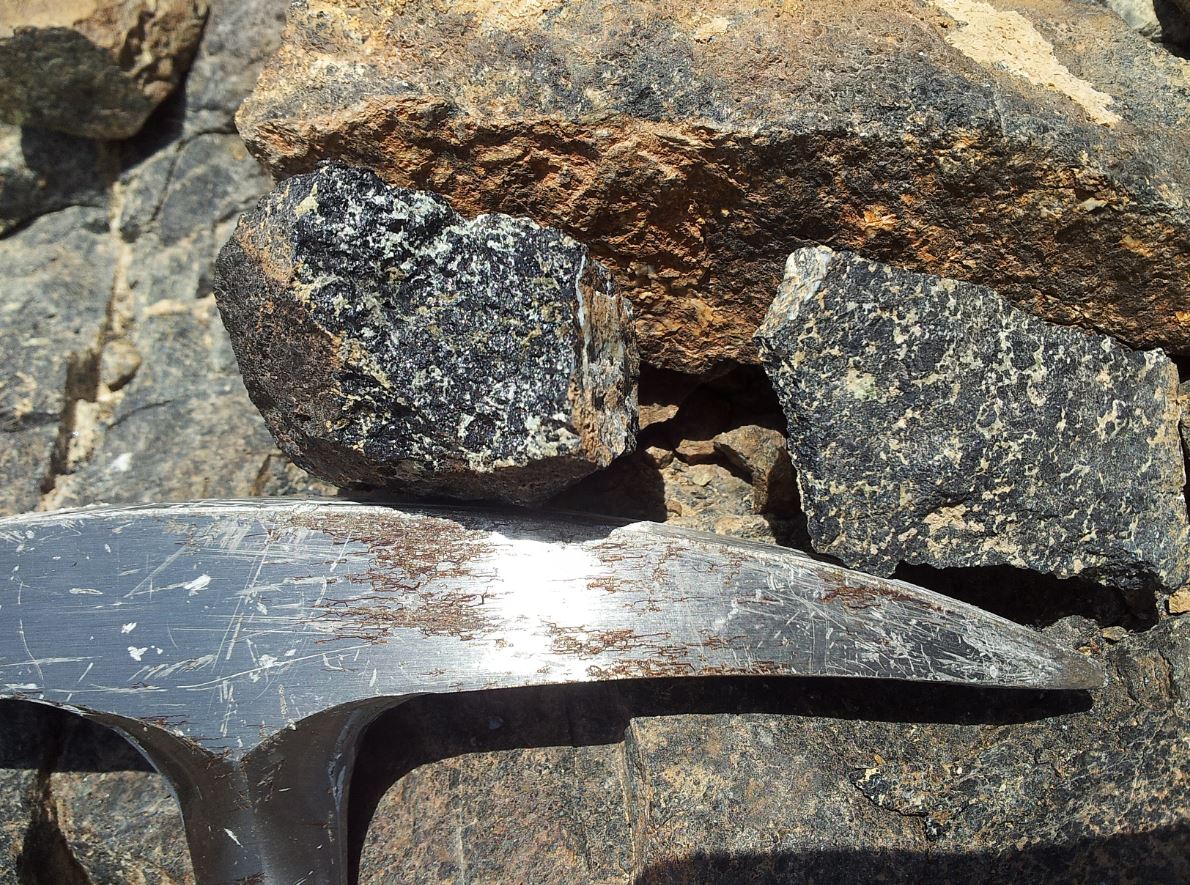
The principal sources of nonmetallic chrysotile jade and asbestos are serpentinized peridotites. Due to its resistance to heat, electrical, and fire damage, asbestos was frequently utilized as an excellent insulator. However, this changed after asbestos was found to be a human carcinogen. In Asian civilizations it is prized as a beautiful decorative stone and employed in the finest art pieces, jade is a significant gemstone and holds a special place.
Tectonic Significance of Ophiolites
Since the start of continental drift in the Wegenerian 200 million years ago, paleomagnetism has made a significant contribution to our understanding of the large-scale evolution of the Earth’s surface. Though less is known about pre-Triassic activity on a continental and oceanic scale. The apparent explanation for this is that as time passes, the mists of history get thicker. However, the point still has to be made in order to temper the optimism fostered by recent advances in our understanding of seafloor expansion and continental drift throughout the Cainozoic and Mesozoic.
In actuality, there’s very little knowledge about how the continents and seas were organized throughout the Palaeozoic, let alone the Precambrian, and the data that does exist sometimes appears to be contradictory.
A good example is the development of the Appalachian-Caledonian Orogen. Several distinct theories for the formation and history of this system have been developed as a result of the data, but as is frequently the case in geology, no one of them can be definitively chosen as the best one. The occurrence of ophiolites, which they argue provides some insight into the formation of the Appalachian-Caledonian system, is at least one significant characteristic of the system.
The truth is that virtually little is understood about how the oceans and continents were arranged throughout. According to research, ophiolite complexes were first formed by the accretion of oceanic crust and mantle near plate boundaries (oceanic ridges) and in marginal oceanic basins. Instead of mid-ocean ridge spreading, ophiolites in the geologic record largely provide evidence of subduction zone tectonics. Even though they often lay between continental blocks, their location may be millions of years earlier than the ocean basin in which they evolved; even the Precambrian; and little evidence there frequently appears to be inconclusive.
What is Semail Ophiolite?
The Semail Ophiolite is a large rock formation located in the eastern part of Oman, in the Arabian Peninsula. It is a sheet of oceanic crust and upper mantle that has been thrust onto the continental crust and is believed to have formed about 100 million years ago as part of the Tethys Ocean.
The Semail Ophiolite is composed of several different rock types, including basalt, gabbro, and peridotite. These rocks are thought to have formed at different depths in the ocean and have been exposed through tectonic processes that lifted them up and onto the continental crust.
The Semail Ophiolite is a critical geological feature in Oman and has been studied by geologists and other scientists for many years. It is also a popular destination for tourists, who come to see the unique rock formations and learn about the geology of the area. The Semail Ophiolite is also of economic importance, as it is believed to contain significant deposits of minerals such as chromite and copper.
Where are ophiolites found?
The areas of Oman, New Guinea, California, Newfoundland, and Cyprus are a few examples of places with ophiolites. The Samail ophiolite in northen Oman has received the greatest attention from scientists. Additionally, a few well-known ophiolites are the Zambales ophiolite complex (Philippines), Tasmania, and Macquarie Island in Australia, as well as Yakuno, Horokanai, and Poroshiri in Japan.
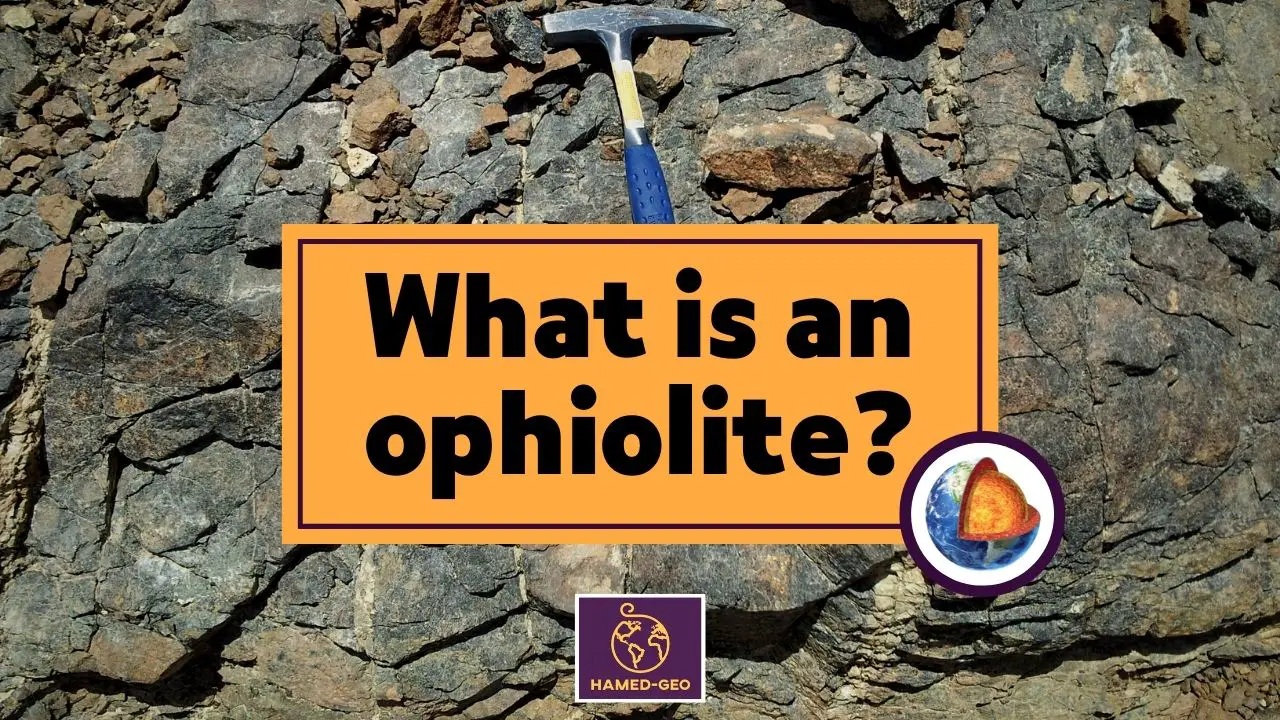
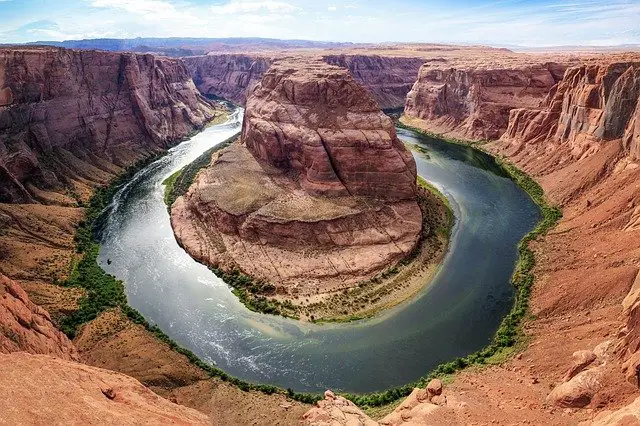
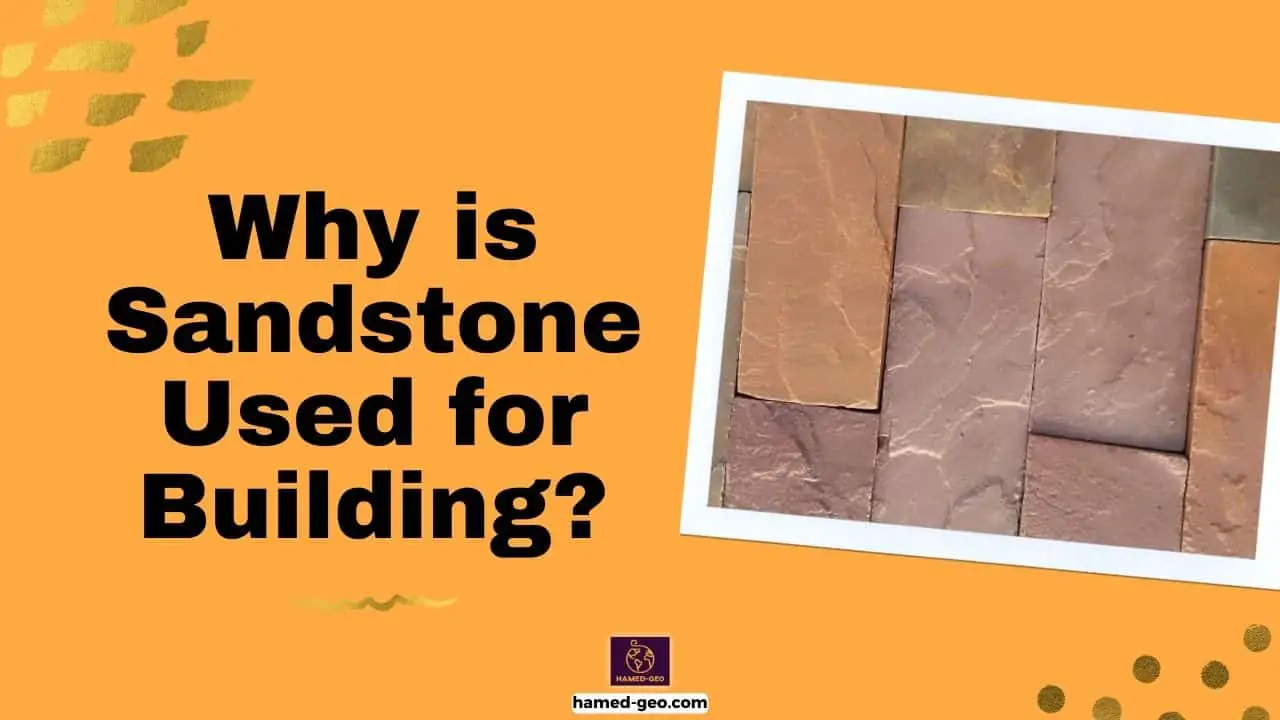
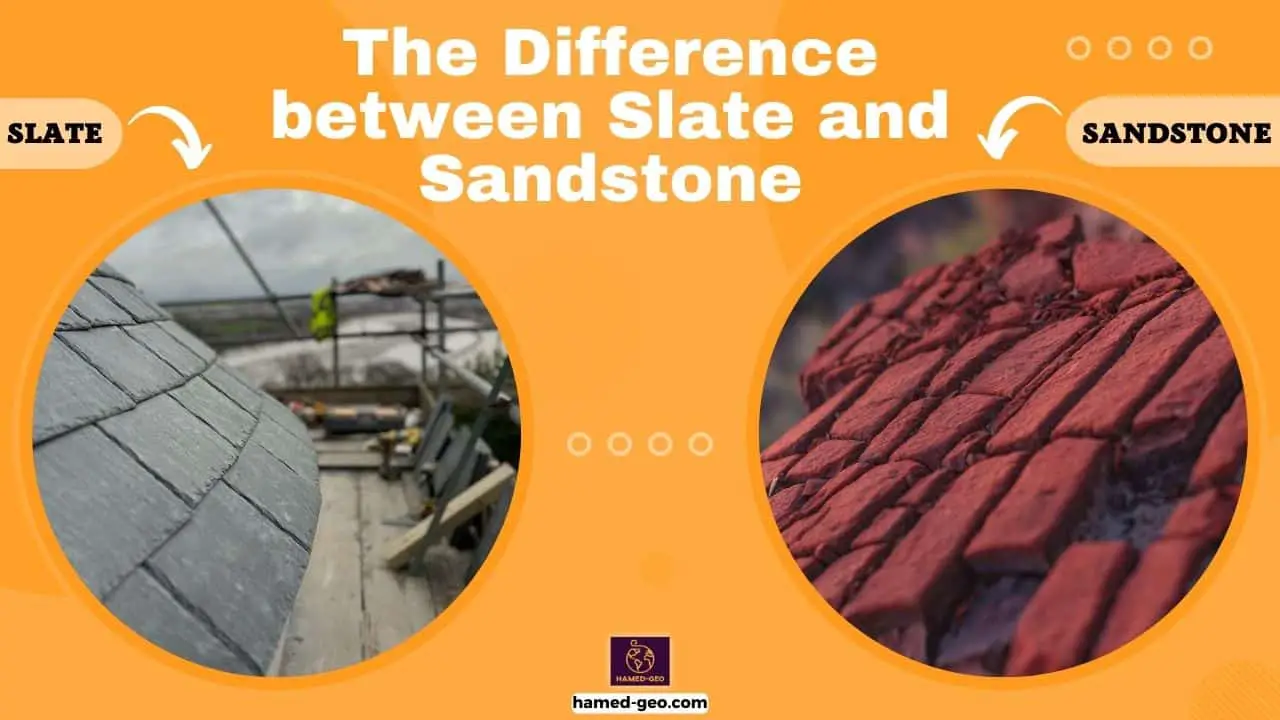
[…] each with its own unique mineral composition. Locations, where ultrabasic rocks are found, include ophiolites, subduction zones, and mantle […]